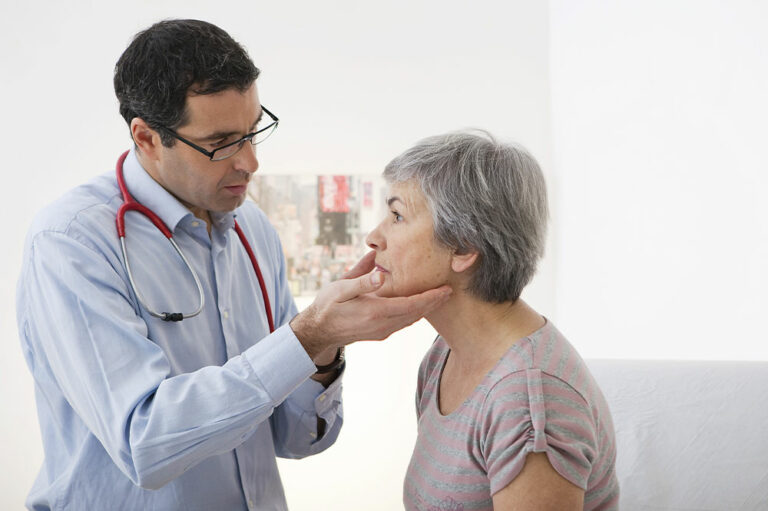
health
3 ways to manage tardive dyskinesia
Tardive dyskinesia is a movement disorder that causes uncontrollable stiff, jerky muscle movements in the face, neck, arms, and legs. It is primarily a side effect of long-term neuroleptic treatments. Studies indicate that about 20 to 50 percent of people who undergo neuroleptic treatments for a long time develop tardive dyskinesia. The good news is that the condition need not be permanent. Here are the treatments, meal plans, and lifestyle changes to manage tardive dyskinesia: Treatment options As mentioned, neuroleptic treatments are among the leading causes of tardive dyskinesia. So, it is crucial to consult with a doctor who can evaluate current treatment plans and make adjustments, if required, to reduce the symptoms. If the symptoms are still persistent and severe, doctors may recommend additional treatments. The FDA has approved two oral treatments for tardive dyskinesia: deutetrabenazine and INGREZZA®. Both control the amount of a neurotransmitter in the brain that plays a vital role in muscle movements. Note that deutetrabenazine and INGREZZA® have a few common side effects, such as sleepiness, irregular heartbeat, and Parkinson-like symptoms. Meal plans Uncontrolled muscle movements associated with tardive dyskinesia make eating difficult for patients. In such cases, doctors recommend liquid meal plans and foods that can be swallowed easily, like bananas. It is best to speak to a healthcare professional for a list of foods and drinks one can eat with tardive dyskinesia. Besides choosing foods carefully, patients must eat slowly and take small bites to avoid the risk of choking and aspiration, which occurs when foods or liquids get trapped in the lungs. Lifestyle changes Tardive dyskinesia makes routine tasks challenging, affecting the patient’s quality of life. However, it can be managed with a few lifestyle changes. Exercise is a great way to relieve tremors and movement symptoms related to balance, gait, and flexibility.










